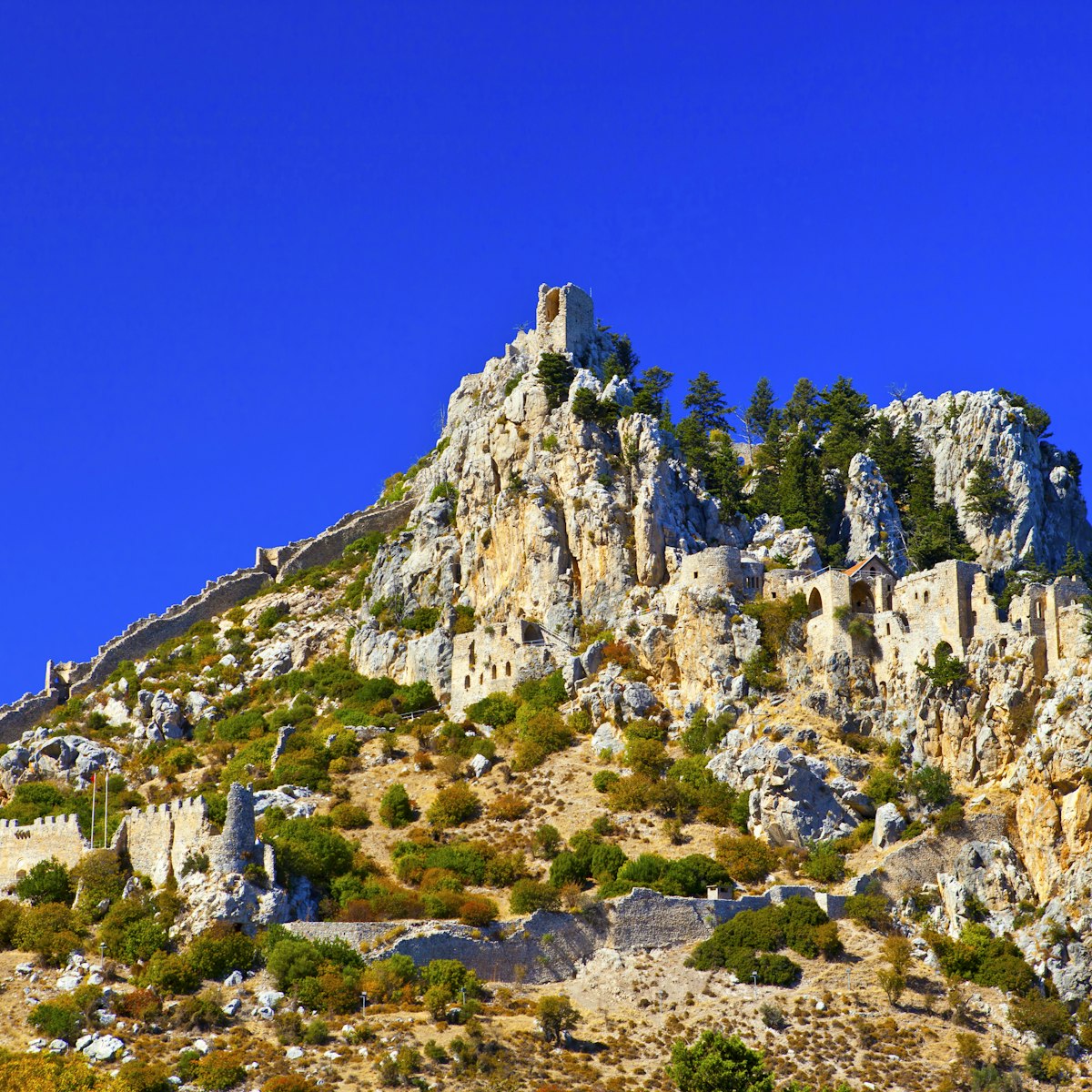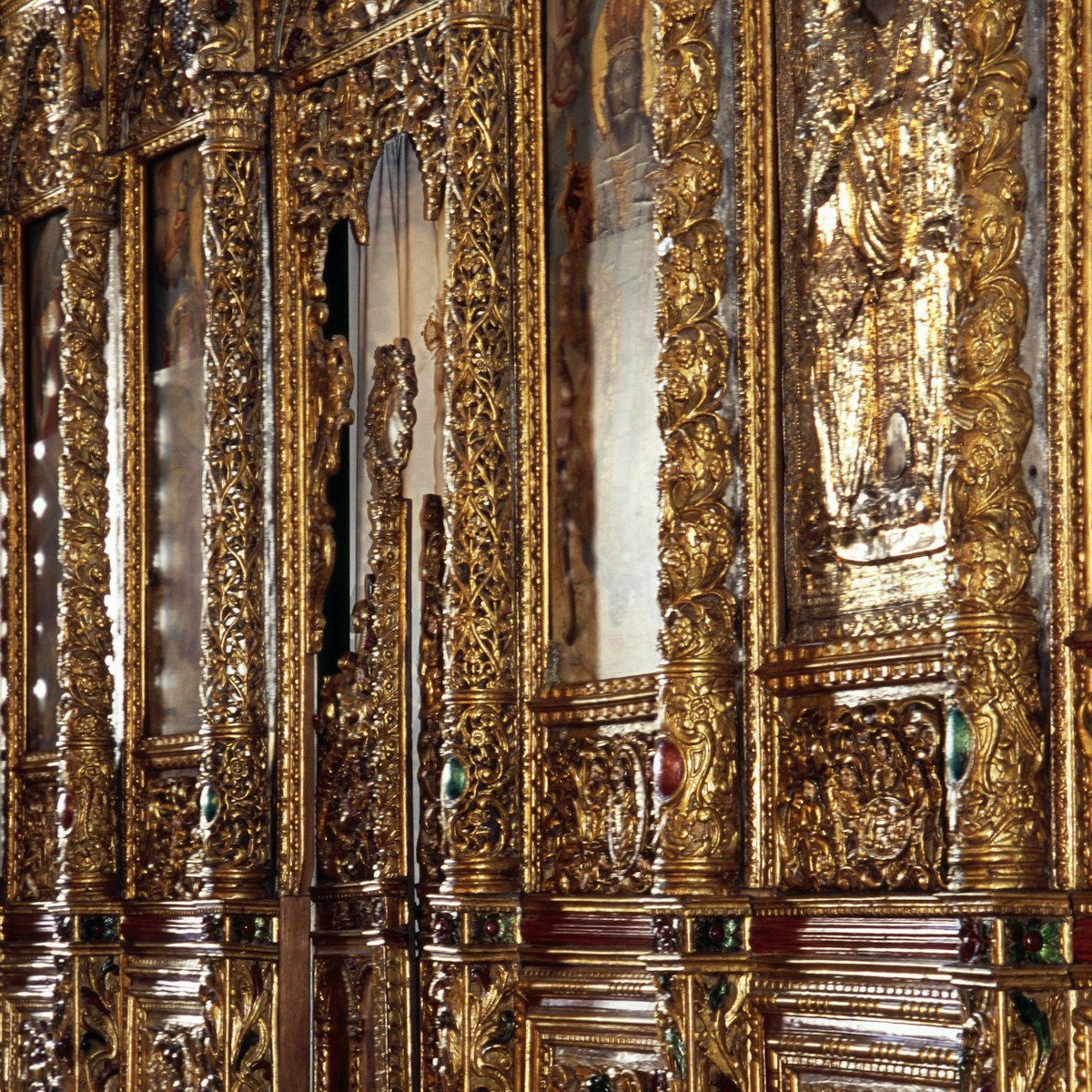Tamassos’ main claim to fame was its once seemingly endless supply of copper – the mineral from which the name of Cyprus (Kypros in Greek; Kıbrıs in Turkish) is derived. A copper-producing settlement here dates from at least the 7th century BC, and production ran well into the Hellenistic period. Excavations of the remains of the citadel began in 1889 and, around this time, two tombs dating back to the 6th century BC were discovered, which today comprise the site’s major attraction.
Ancient Greek poet Homer apparently mentioned Ancient Tamassos in The Odyssey, where it is referred to as Temese. The goddess Athena says to Odysseus’ son, Telemachus: ‘We are bound for the foreign port of Temese with a cargo of gleaming iron, which we intend to trade for copper.’ The site of this otherwise obscure and little-known city-kingdom is on a small hillside about 17km southwest of Nicosia next to the village of Politiko.
It is thought that the tombs probably contained the remains of the citadel’s kings. Looters have long since spirited away the rich burial treasures that may once have been buried here. You can even see a hole in the roof of the larger tomb showing where grave robbers broke in. The walls are unusually carved in such a way as to imitate wood – a feature that some archaeologists have linked to a possible Anatolian influence at the time of the citadel’s zenith. Some theorists suggest that Tamassos was even part of the Hittite empire.
Among the discoveries unearthed by archaeologists on the larger site are three limestone lions and two sphinxes, which are on display at Nicosia’s Cyprus Museum and a magnificent bronze head of Apollo, now in London’s British Museum.







